What is Kesimpta (ofatumumab) for?
Kesimpta (ofatumumab) is a CD20-directed cytolytic antibody (immunotherapy) indicated for the treatment of adult patients with relapsing forms of multiple sclerosis (MS), including clinically isolated syndrome, relapsing-remitting disease, and active secondary progressive disease.[1]
It is available as a single-dose prefilled Sensoready autoinjector pen or as a single-dose prefilled syringe, each containing 20 mg/0.4 mL ofatumumab.[1]
How does Kesimpta (ofatumumab) work?
MS is a chronic inflammatory disease that affects the central nervous system. It is characterized by destruction of myelin that covers nerve endings, and damage of axons in the brain, optic nerves and spinal cord. Immune cell B-cells are thought to be involved in the development of MS, and targeting these cells is a way to treat MS.[2]
Kesimpta (ofatumumab, formerly OMB157) is an anti-CD20 monoclonal antibody. CD20 is an antigen, a type of protein, expressed on the surface of B-cells. How ofatumumab works in MS exactly is not fully understood yet, but it is thought that it lowers the amount of B-cells by triggering cell death (lysis).[3]
Because it is administered subcutaneously, ofatumumab can be delivered precisely to the lymph nodes, where lowering of B-cell levels is needed. By giving ofatumumab once monthly, the patient’s body is allowed time to replete B-cells in their system.[3]
Where has Kesimpta (ofatumumab) been approved?
Kesimpta (ofatumumab) was approved for the treatment of adult patients with relapsing forms of MS by:
- The Food and Drug Administration (FDA), USA on August 20, 2020.[4]
- The European Medicines Agency (EMA) on January 28, 2021.[5]
Kesimpta (ofatumumab) is the first treatment option for MS that can be self-administered once monthly at home using an autoinjector pen.[4]
The active ingredient ofatumumab was previously approved for use in combination with fludarabine and cyclophosphamide for treatment of relapsed chronic lymphocytic leukemia (CLL).[6]
Please note that this medicine may have also been approved in other regions than the ones we’ve listed. If you have a question about its approval in a specific country feel free to contact our support team.
How is Kesimpta (ofatumumab) taken?
The standard dosage is:[1]
- Starting dose of 20 mg by subcutaneous injection at weeks 0, 1, and 2.
- Subsequent doses of 20 mg by subcutaneous injection once monthly starting at week 4.
If an injection of Kesimpta is missed, it should be administered as soon as possible without waiting until the next scheduled dose. Subsequent doses should be administered at the recommended intervals.[1]
Before administering the first dose of Kesimpta, patients should be screened for Hepatitis B virus (HBV) and quantitative serum immunoglobulins.[1]
Complete information about Kesimpta (ofatumumab) dosage and administration can be found in the official prescribing information listed in our references section.[1]
Note: Please consult with your treating doctor for personalised dosing and potential drug interactions.
Are there any known adverse reactions or side effects of Kesimpta (ofatumumab)?
Common adverse reactions
The most common adverse reactions listed in the prescribing information include:[1]
- Upper respiratory tract infection (with symptoms such as sore throat, runny nose, headache)
- Infusion reactions
- Low immunoglobulin levels
Serious adverse reactions
The serious adverse reactions listed in the prescribing information include:[1]
- Hepatitis B virus (HBV) reactivation

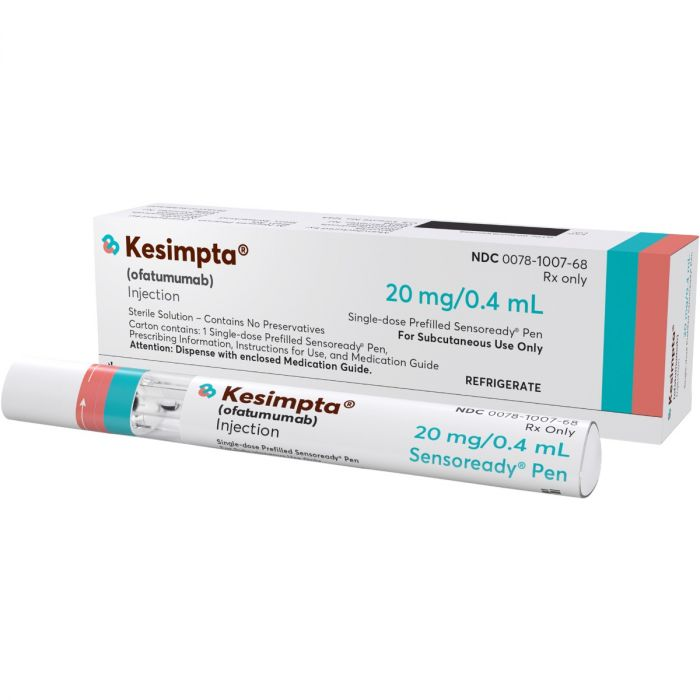
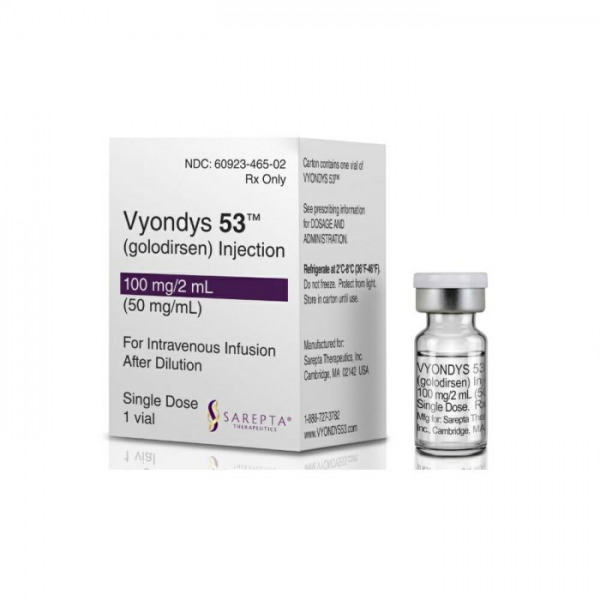
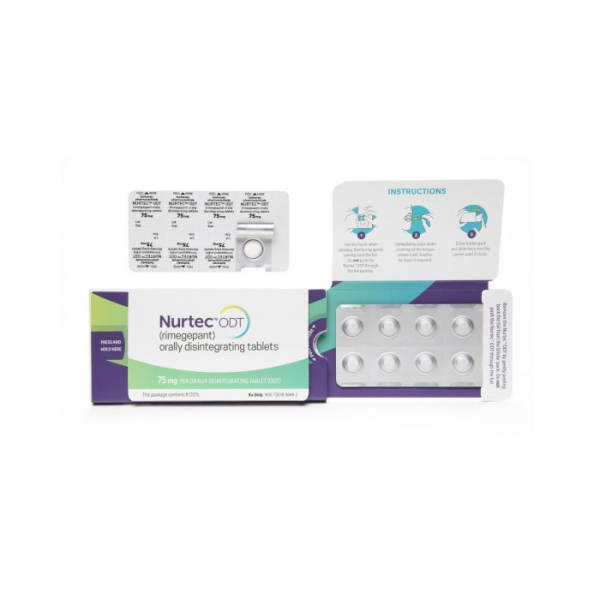
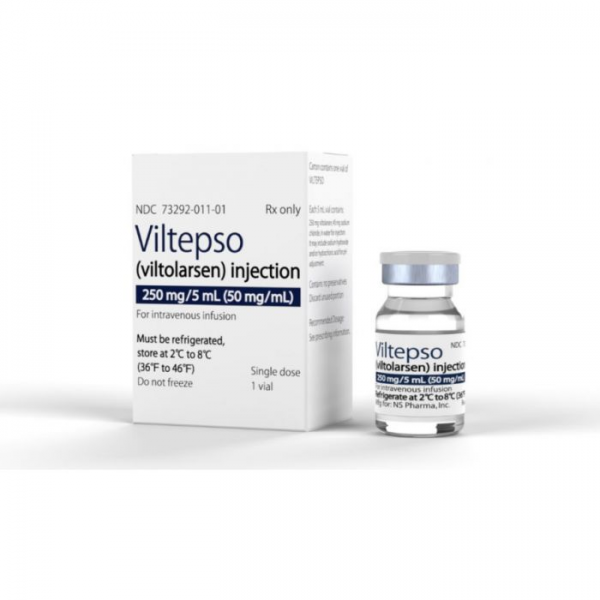
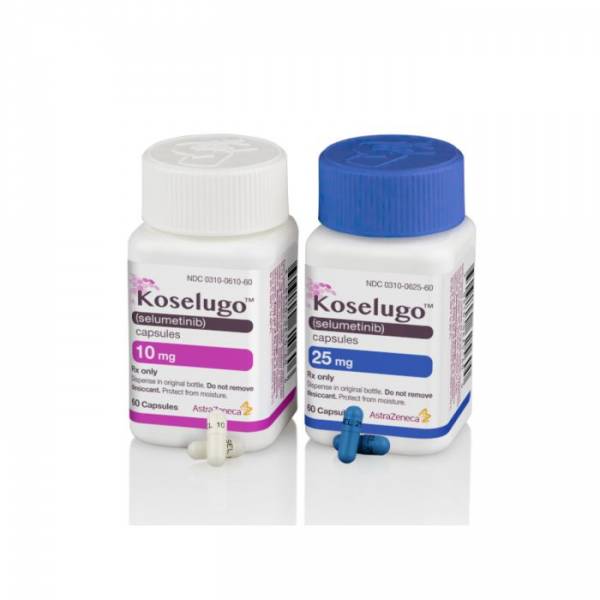
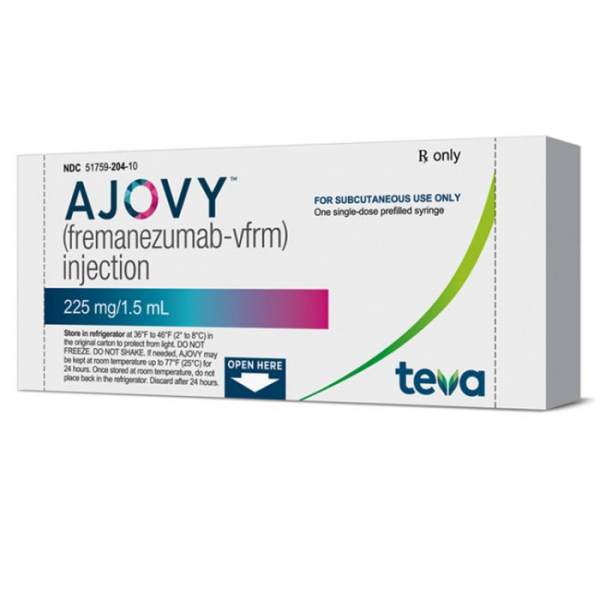
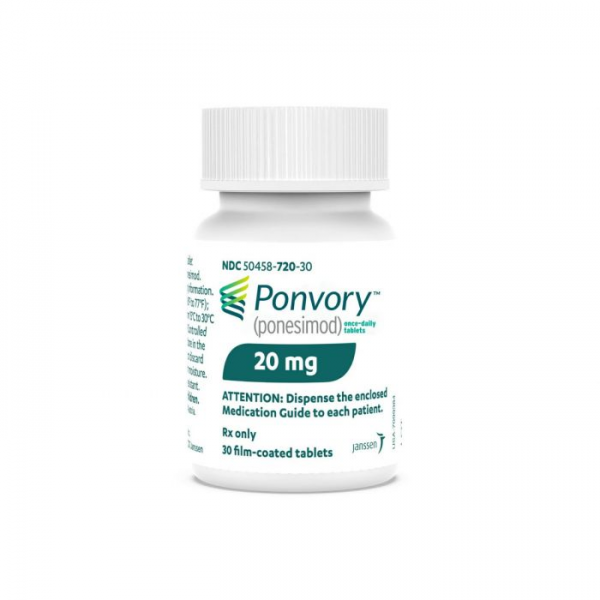


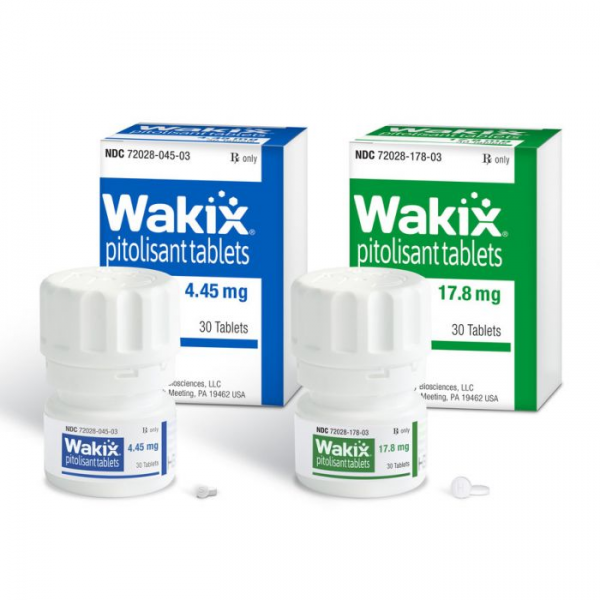
Reviews
There are no reviews yet.